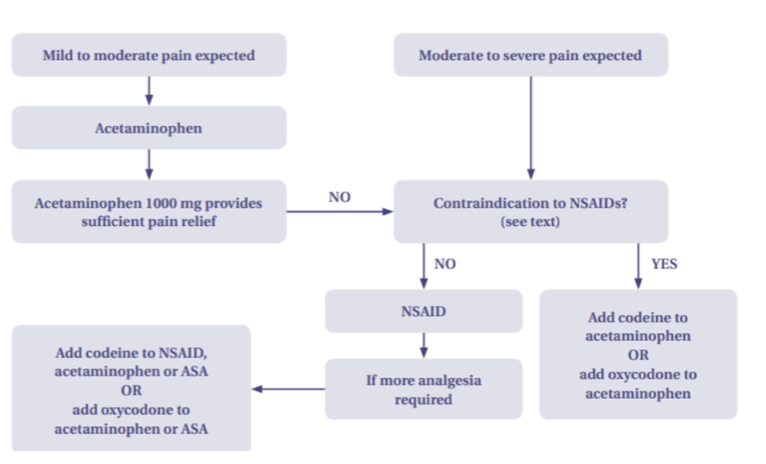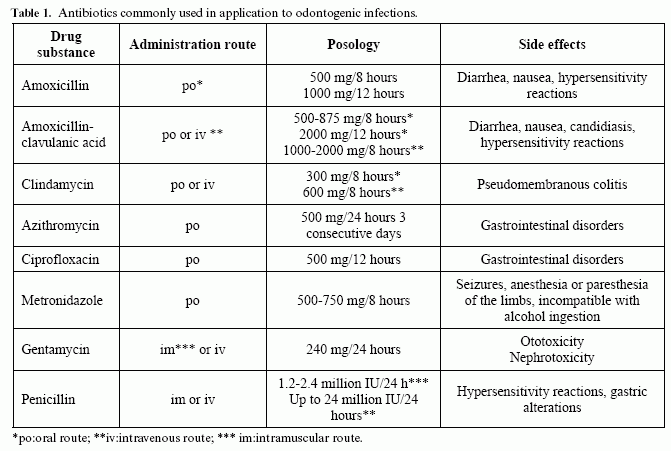#Pathology1- A patient presented with bone pain. After radiographic examination, a cotton wool and overall mosaic pattern was observed. What clinical diagnosis is most likely?• A. Gigantism• B. ameloblastoma• C. basal cell carcinoma• D. Paget's disease
#Management2- Shortly after entering the dental office, the patient started becoming irritable, breathing heavily and feeling dizzy. The assistant instructed the patient to breathe in a paper bag, breathing in a bag helps to:• A. Increase CO2 in blood• B. Increase 02 in blood• C. Relaxes the patient• D. Distract the patient
#Pharma3- A 60-year-old patient presents to the clinic with pain due to a dental infection that requires antibiotics. The medical history indicates the patient is using antipsychotic drugs (haloperidol and donepezil). The antibiotic and pain killer of choice is which of the following?◯A. Amoxicillin and tramadol◯ B. Clindamycin and tramadol◯ C. Amoxicillin + ibuprofen◯ D. Clindamycin and ibuprofen
#Perio4- Which of the following is not likely to be seen in a tooth with a periodontal abscess?◯ A.No response to the electric pulp tester.◯B. Pain to palpation.◯ C. Swelling in the associated soft tissues.◯ D. Radiographic bone loss.
✅ A periodontal abscess typically does not affect the pulp, so the tooth should still respond to an electric pulp test. If there is no response, consider pulpal necrosis and a periapical abscess instead.
#OperativeWhich of the following statements is true?◯A. All elderly patients have reduced salivary flow.◯ B. Pit and fissure sealants should never be used for adults.◯ C. Elderly patients may be able to undergo a simple restorative procedure without anesthesia.◯ D. All of the above.
Join our AFK Weekly newsletter
Solving questions is really important, but solving exam grade questions with true and authenticated answers is critical.
Will post a question everyday, then at the week end will do a video to explain the correct answers and the concept of each questions, signup now to get weekly updates.
Will post a question everyday, then at the week end will do a video to explain the correct answers and the concept of each questions, signup now to get weekly updates.
Thank you!


